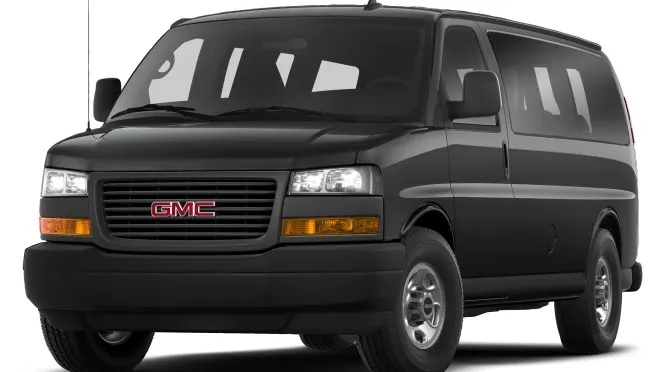How to Replace Fuse: 2019 GMC Savana Fuse Diagrams and Relay
In the complicated world of car engineering, the fuse is one of the most important but most often forgotten parts. Fuse boxes are very important for keeping complicated electrical systems in cars like the 2019 GMC Savana safe. They protect against electrical spikes and short circuits without being seen. When a fuse blows, however, knowing how to change it becomes very important for any driver. This detailed guide will take you on a trip through the 2019 GMC Savana’s fuse system, showing you all of its intricate parts with clear diagrams and assignments of relays. We’ll teach drivers everything they need to know to easily replace fuses and keep important vehicle systems working, from figuring out fuse ratings to finding the right fuse box and knowing what each relay does. Let us take the mystery out of changing fuses in a 2019 GMC Savana so that drivers can easily deal with electrical problems and stay on track with their trips.
2023 – 2024 GMC SAVANA Specs, Price, Features, Mileage and Review
Electrical System
Electrical System Overload
The vehicle has fuses and circuit breakers to protect against an electrical system overload. When the current electrical load is too heavy, the circuit breaker opens and closes, protecting the circuit until the current load returns to normal or the problem is fixed. This greatly reduces the chance of circuit overload and fire caused by electrical problems. Fuses and circuit breakers protect power devices in the vehicle. Replace a bad fuse with a new one of the identical size and rating. If there is a problem on the road and a fuse needs to be replaced, the same amperage fuse can be borrowed. Choose some feature of the vehicle that is not needed to use and replace it as soon as possible.
Headlamp Wiring
An electrical overload may cause the lamps to go on and off, or in some cases to remain off. Have the headlamp wiring checked right away if the lamps go on and off or remain off.
Windshield Wipers
If the wiper motor overheats due to heavy snow or ice, the windshield wipers will stop until the motor cools and will then restart. Although the circuit is protected from electrical overload, overload due to heavy snow or ice may cause wiper linkage damage. Always clear ice and heavy snow from the windshield before using the windshield wipers. If the overload is caused by an electrical problem and not snow or ice, be sure to get it fixed.
Fuses and Circuit Breakers
The wiring circuits in the vehicle are protected from short circuits by a combination of fuses and circuit breakers. This greatly reduces the chance of fires caused by electrical problems. Look at the silver-colored band inside the fuse. If the band is broken or melted, replace the fuse. Be sure you replace a bad fuse with a new one of the identical size and rating.
Engine Compartment Fuse Block
The fuse block is in the engine compartment on the driver side of the vehicle.
Caution
Spilling liquid on any electrical component on the vehicle may damage it. Always keep the covers on any electrical component.
The vehicle may not be equipped with all of the fuses, relays, and features shown.
Fuses in the 2019 GMC Savana are safety devices designed to protect electrical circuits from damage due to overload or short circuits by breaking the circuit when necessary.
A blown fuse in the 2019 GMC Savana can usually be identified by a darkened appearance or a broken metal strip visible through the fuse housing.
The fuse box in the 2019 GMC Savana is typically located in the engine compartment or under the dashboard on the driver’s side.
Yes, replacing fuses in the 2019 GMC Savana is a relatively simple task that most vehicle owners can do themselves with basic tools.
Use a fuse puller tool or a pair of needle-nose pliers to grip the blown fuse firmly and pull it straight out of its socket.
Before replacing fuses, ensure the vehicle is parked on a level surface with the ignition off. Use caution when handling electrical components and avoid touching exposed metal parts.
No, it’s crucial to replace a blown fuse with one of the same amperage rating to ensure proper protection and functionality of the electrical circuit.
Consult the fuse diagram provided on the fuse box cover or inside the fuse box lid to identify the specific fuse associated with the malfunctioning component.
It’s advisable to inspect fuses regularly as part of routine vehicle maintenance, especially if you encounter electrical issues or notice malfunctioning components.
Blown fuses in the 2019 GMC Savana can result from electrical malfunctions, short circuits, or overloading of circuits due to faulty components or accessories.
While it’s generally safe to replace fuses without disconnecting the battery, it’s a good practice to turn off the ignition and remove the key to prevent electrical accidents.
Useful Links
View Full PDF: GMC Savana 2019 User Manual | Auto User Guide
2023 – 2024 GMC SAVANA Specs, Price, Features, Mileage and Review


